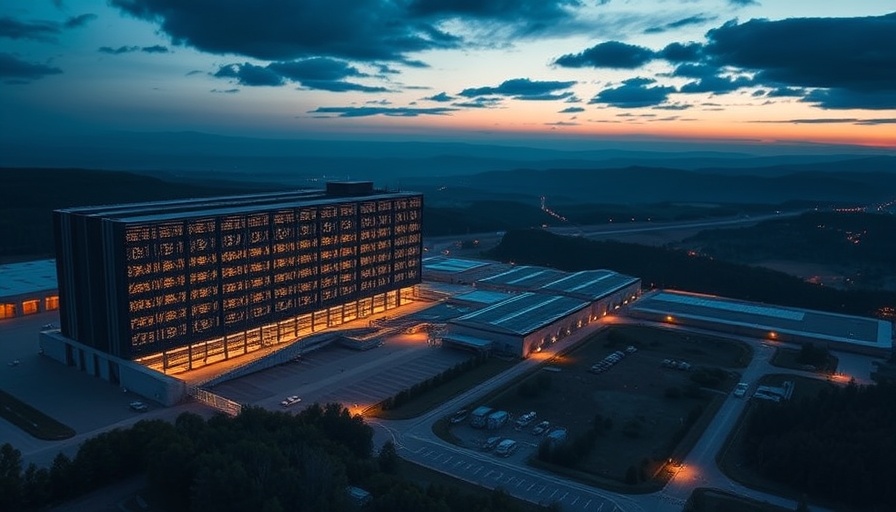
The Rise of "Greenhushing": What It Means for Your Business
In recent discussions around corporate climate commitments, a new term has emerged: "greenhushing." Unlike the earlier trend of businesses loudly promoting their environmental initiatives, many companies are now opting for a quieter approach. This shift raises important questions for cost-conscious business owners about the implications for operational transparency and environmental accountability.
Why Are Companies Going Quiet?
The strategy behind greenhushing may stem from a variety of pressures. Companies like BP and Jaguar Land Rover are navigating complex market dynamics, influencing their decisions on how they communicate their environmental efforts. Behind the scenes, these organizations continue to advance their climate strategies, even as public messaging remains subdued. This leaves business leaders to wonder how this underreported progress can impact their own strategies toward sustainability.
The Cost Implications of Greenhushing
Greenhushing could create opportunities for businesses to realign their messages with their operational realities, emphasizing efficiency and cost-effectiveness over grand proclamations. For financial decision-makers, understanding this trend means scrutinizing not just the costs related to sustainability initiatives but also the long-term investment return on such efforts.
Balancing Transparency with Progress
As greenhushing becomes more common, businesses must weigh the benefits of being transparent against the potential risks of overpromising. Establishing realistic, achievable goals that can be quietly but effectively communicated may become the new best practice. Entrepreneurs and financial decision-makers should consider integrating sustainable practices as genuinely as possible—focusing on ROI while being mindful of the pressures that come with public commitments.
What Should You Do?
For businesses looking to stay competitive, awareness of trends like greenhushing is crucial. Adopt a flexible approach to sustainability that prioritizes practical actions over flashy declarations. By doing so, companies can effectively manage costs while contributing positively to environmental goals.
This nuanced understanding of corporate climate communication not only allows businesses to stay relevant but also fosters a culture of integrity and accountability in their operations. As we move forward, ensuring responsible and effective strategies that address both profitability and sustainability can pave the way for meaningful impact.
 Add Row
Add Row  Add
Add 










Write A Comment